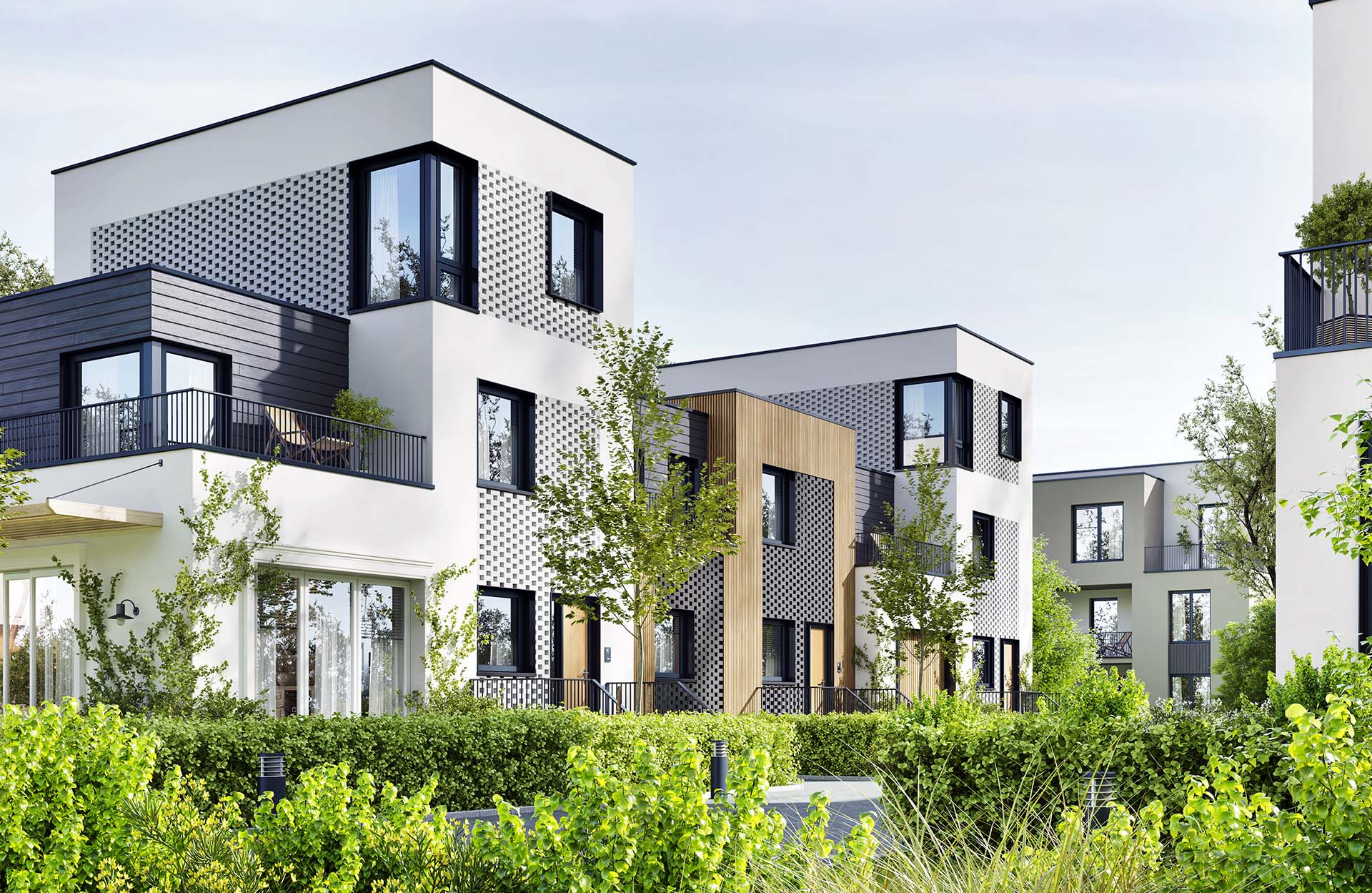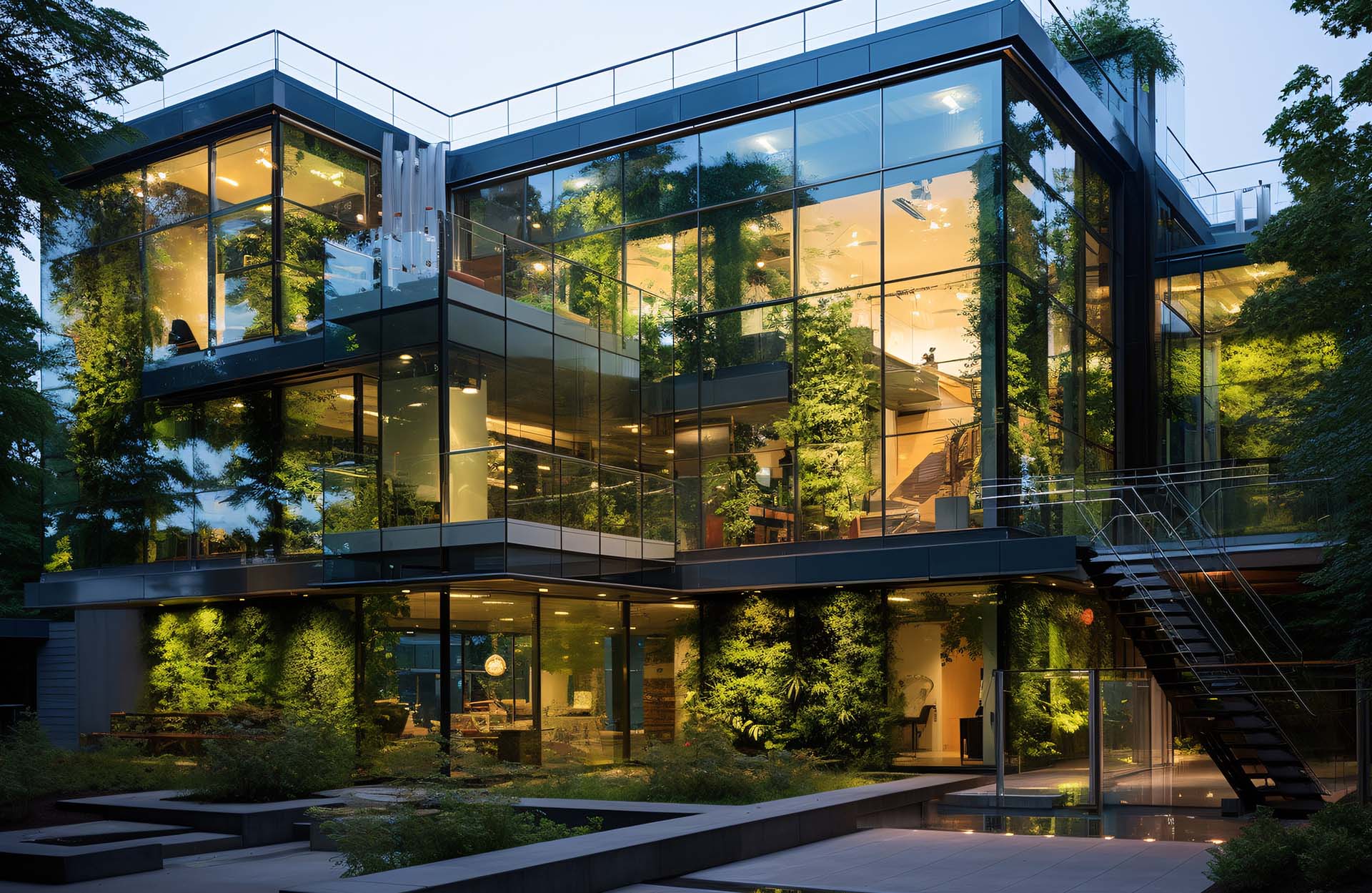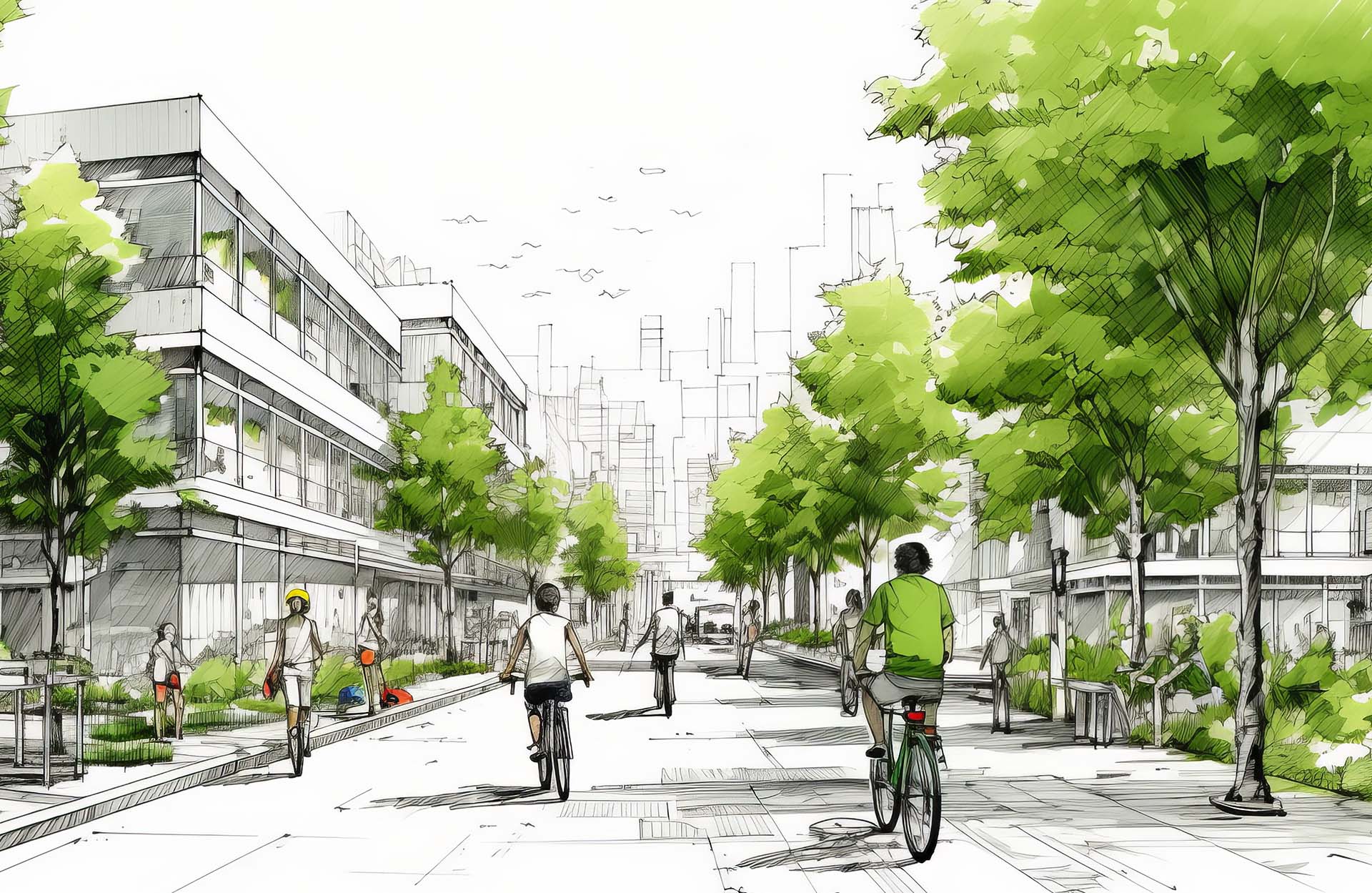Energy Efficiency projects usually present a self evident business case. There is a capital expenditure (or more accurately a life cycle cost) followed by a flow of savings in recurrent expenditure over the life of the project. A range of projects will have different returns on investment related to the capital, time and savings involved. Invariably some of these will meet the business’ investment criteria. If that is the case why don’t more energy efficiency projects get built?
Part of the answer lies in the fact that the project requires a capital injection. And the capital has to be sourced from somewhere. Most existing sources of capital in a business are already allocated. Finding new sources of capital can be difficult due to the need for the financier to secure the finance in some way.
A complicating factor for a leased building is that it is often the landlord who needs to carry out the upgrade work while the tenant receives the benefit.
To overcome these problems the NSW Government has introduced the Environmental Upgrade Agreement (EUA) program as a way of financing building upgrades. Under this agreement, a financier lends funds to a building owner for environmental upgrades and this low-risk loan is repaid through a local council charge on the land. Tenants of commercial buildings can be asked to contribute to the costs provided these costs are offset by savings in energy or water.
The diagram taken from the NSW Government web site illustrates how the EUAs work.
Not all councils are offering EUAs but if you are planning upgrade works, it is worth checking if they are available in your area.
For more information check out the related section on the NSW Government Website.
Related blogs:




